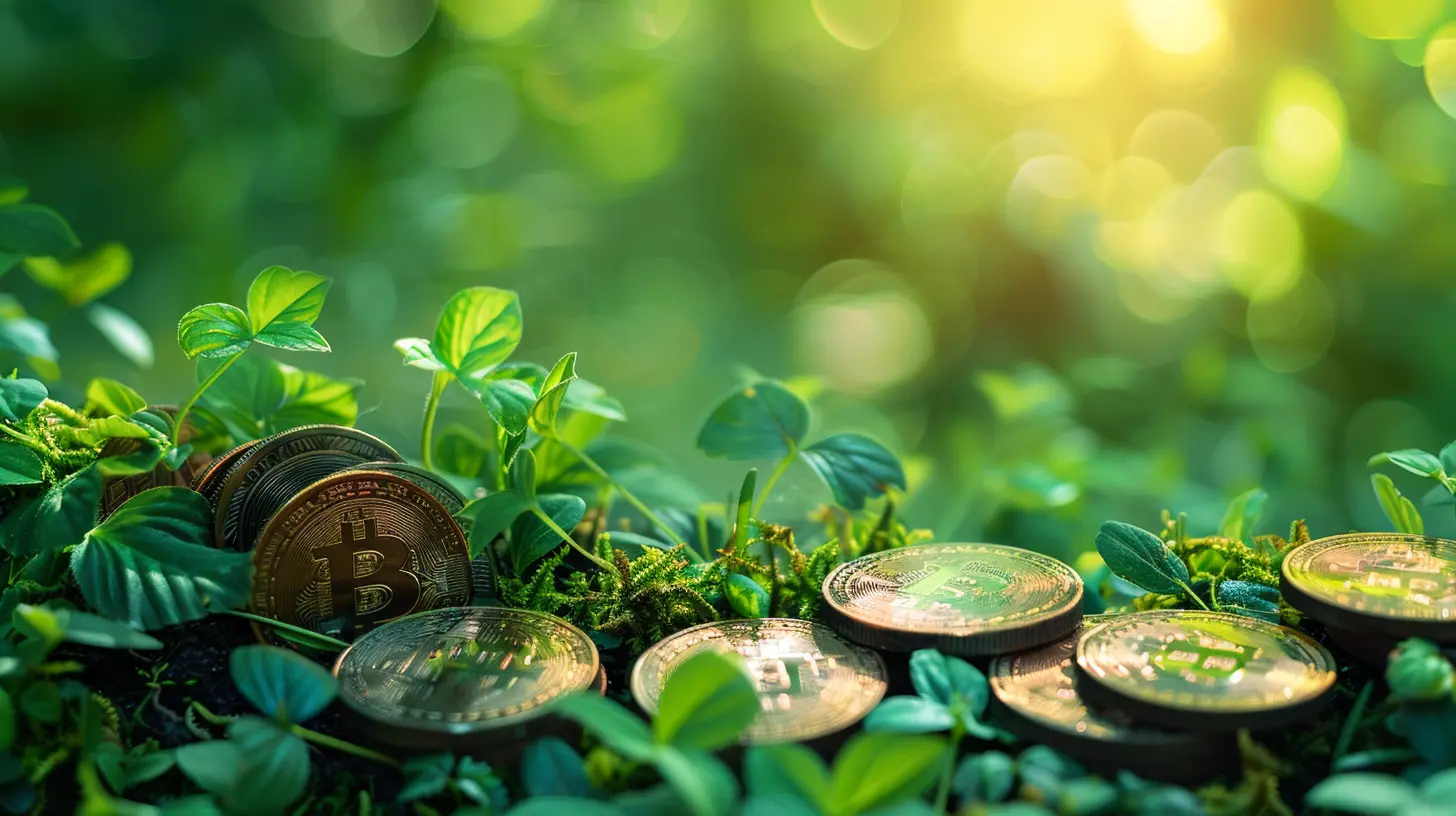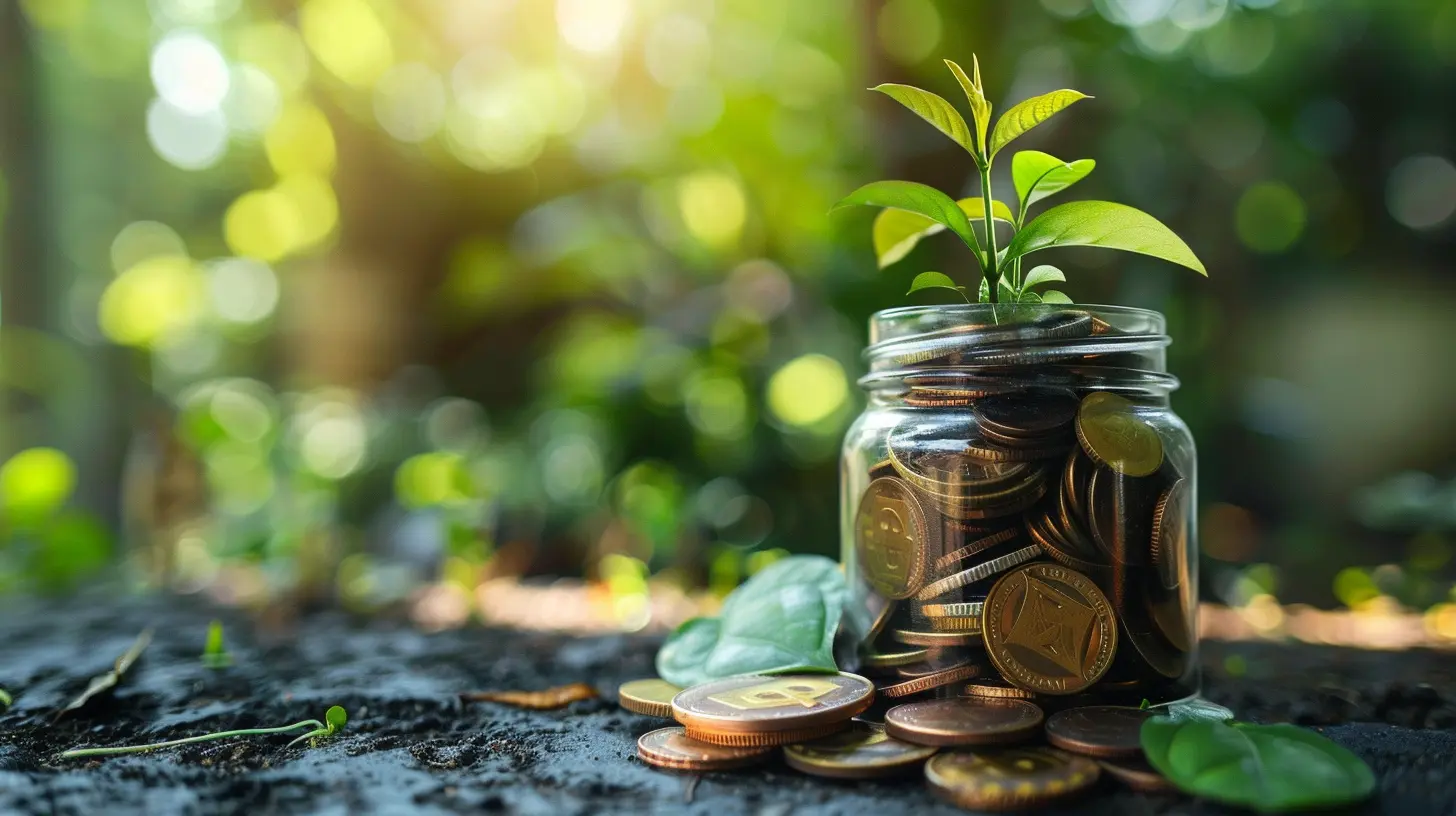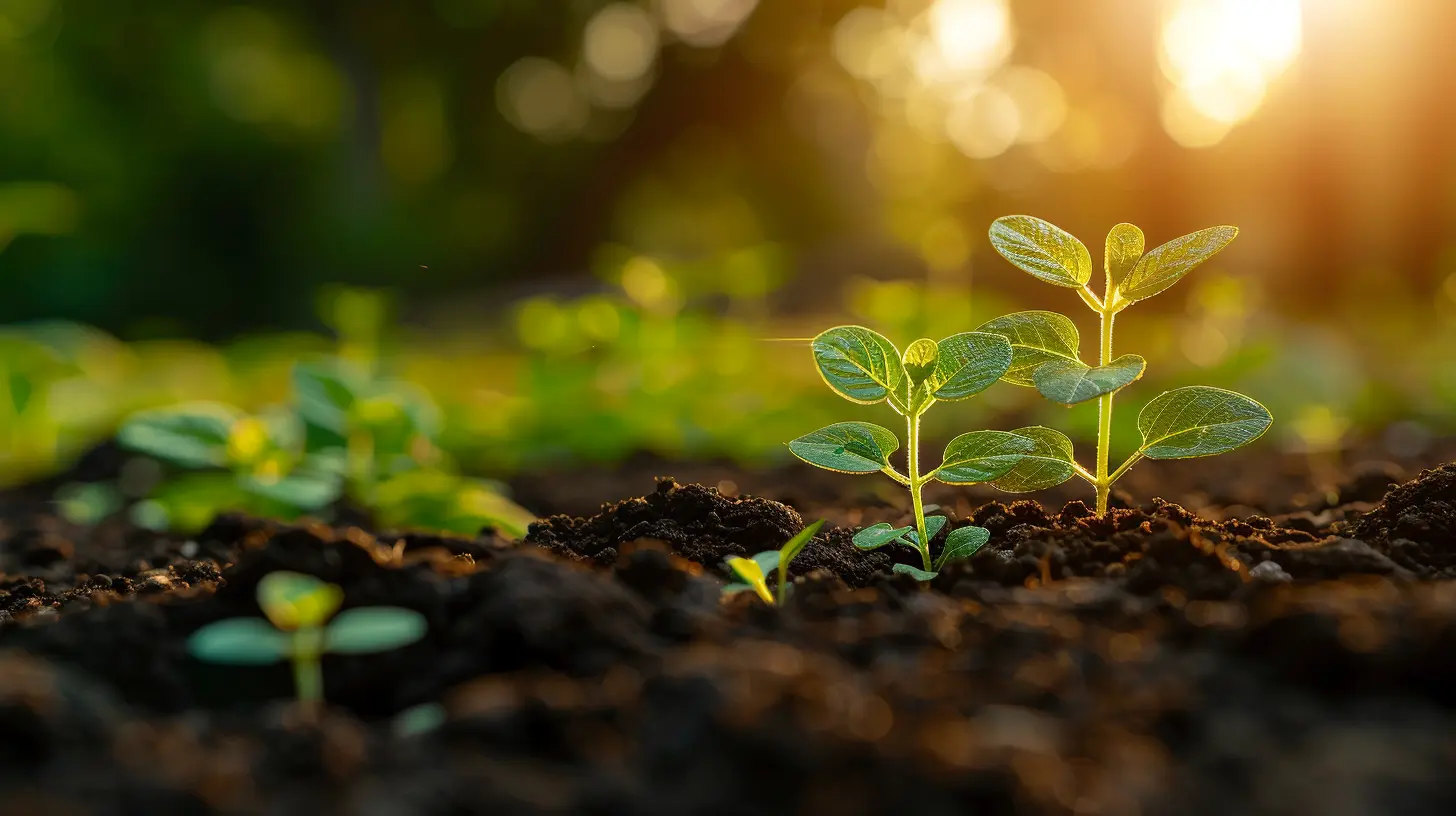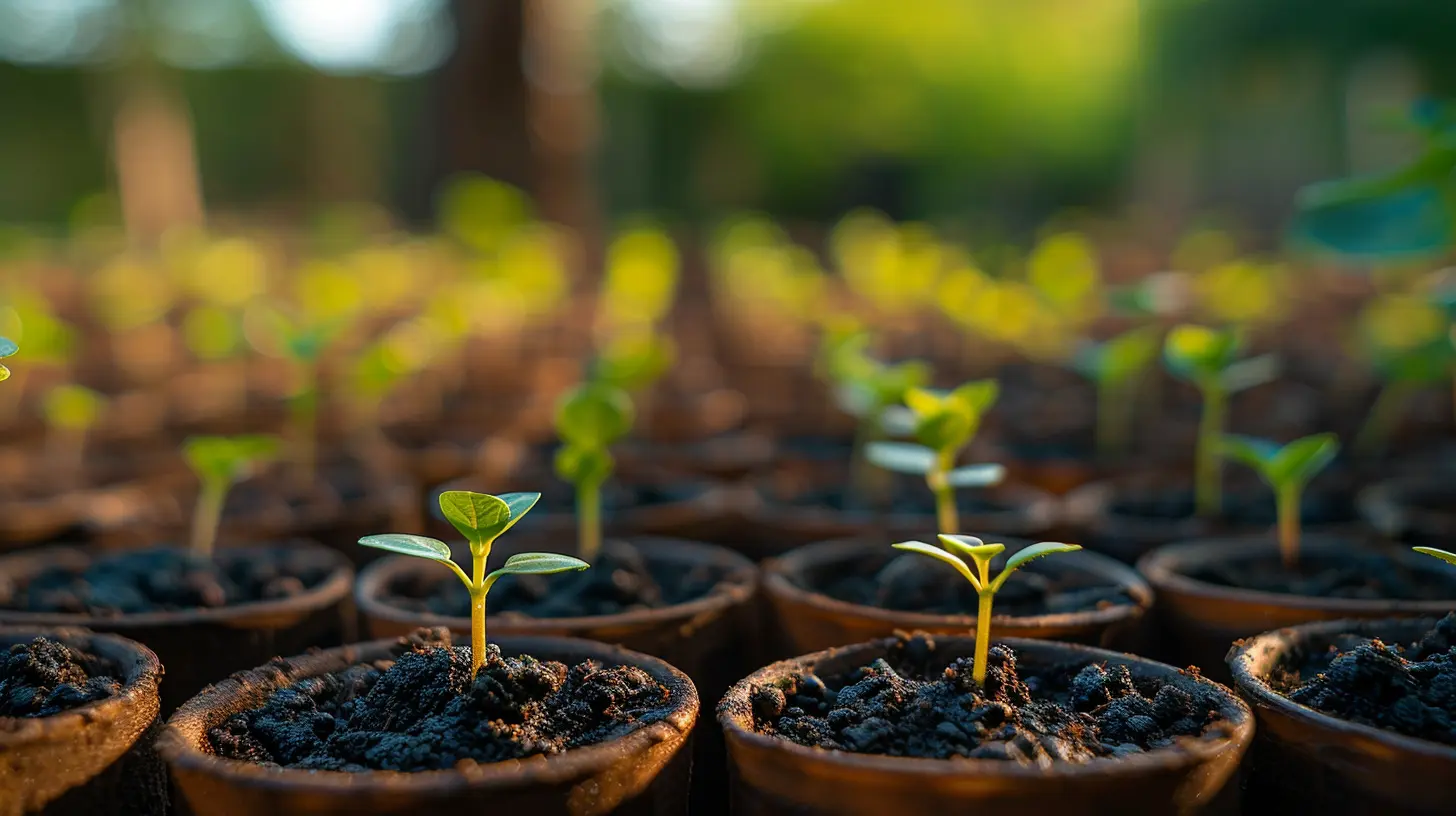Circular Economy Investment: Opportunities in Sustainability
8 June 2025
We’re living in a world that’s waking up to the waste problem — and not just environmentally, but economically too. The traditional "take-make-dispose" model is outdated. It's like pouring water into a leaking bucket — inefficient, wasteful, and frankly, a bit old school.
Enter the circular economy. It’s the smarter way forward, built for sustainability and profitability. But let me ask you this: Have you ever thought about how investing in circular economy practices could be the golden ticket for future-focused businesses and investors? It's not just about being eco-friendly — it's about being economically savvy.
In this article, we’re diving deep into the world of Circular Economy Investment, unpacking its potential, benefits, key sectors, and why sustainability is no longer a buzzword — it’s a strategy.
What is the Circular Economy?
Okay, let’s cut through the jargon. The circular economy is a model that keeps resources in use for as long as possible. Instead of the typical linear economy where we use something once and toss it, this approach loops products and materials back into the system. Think of it like a recycling loop on steroids.It revolves around three key principles:
1. Designing out waste and pollution
2. Keeping products and materials in use
3. Regenerating natural systems
In short? It’s about doing more with less — making smarter decisions that serve both the planet and our wallets.
Why the Circular Economy is Gaining Momentum
Let’s be real for a second. Climate change, resource scarcity, and environmental degradation aren’t just headlines — they're real threats. Businesses and governments are under pressure, and the circular economy offers them a triple win:- Environmental impact: Reduces waste, emissions, and environmental harm
- Economic gain: Unlocks new revenue streams through innovation, remanufacturing, and recycling
- Social value: Creates green jobs and promotes responsible consumption
More than just a trend, it’s becoming central to how companies future-proof operations and stay ahead of regulation.
The Investment Case: Why Circular Economy is a Smart Money Move
Now, let’s talk money. At its core, circular economy investment is about backing businesses and technologies that close the loop. These come with some pretty juicy benefits:1. Long-Term Resilience
Companies deeply embedded in sustainability are better prepared for future challenges. Why? Because they use fewer raw materials, are less exposed to volatile supply chains, and face fewer regulatory risks.2. Risk Reduction
When you invest in businesses that minimize waste and reduce environmental damage, you’re backing models that are becoming more compliant with ESG standards. That means fewer surprises and safer bets for investors.3. Innovation-Driven Growth
Circular models are inherently innovative. From biodegradable packaging to AI-powered reuse logistics, businesses are finding ingenious ways to stay green and grow. And innovation? That’s investment gold.
Key Sectors Ripe for Circular Economy Investment
Let’s dig into where the true opportunities lie. Spoiler alert: it’s not just in recycling plants.1. Sustainable Fashion
Fast fashion is out, circular fashion is in. Materials that are designed to be reused, re-worn, or composted are gaining traction. Companies that can turn old jeans into new clothes — without skimping on style — are attracting major VC interest.Investors are putting money into:
- Textile recycling platforms
- Rental and resale marketplaces
- Brands using biodegradable or recycled materials
2. Renewable Energy and Battery Recycling
Batteries are the backbone of the green energy transition — but have you thought about what happens to them after use? Companies that recover rare minerals from old batteries are turning trash into treasure.And with solar, wind, and EVs booming, the demand (and waste) is skyrocketing — creating a juicy opportunity for circular infrastructure investments.
3. Circular Packaging
Consumers are tired of overpackaged products, and brands are responding. From compostable wrapping to reusable delivery containers, circular packaging startups are popping up like mushrooms after rain.Big names like Unilever and Coca-Cola are already trialing reuse schemes… this is your chance to get in early.
4. Agri-Tech and Food Waste Reduction
One-third of all food goes to waste. That’s not just a humanitarian issue — it’s a $1 trillion opportunity. Circular food startups are tackling waste at every stage: from farm to fork.Look out for:
- Food sharing platforms
- Upcycled food products
- Composting technologies
- AI-powered supply chain management
5. Construction and Green Building Materials
Construction contributes massively to global emissions. Now, innovators are creating building materials that are recycled, modular, and even grown (yes, mushroom bricks are a thing).Circular construction cuts costs, emissions, and build time — what’s not to love?
How Investors Can Get Involved
Now you might be thinking, “Sounds great, but how do I actually invest in the circular economy?” Good question.1. ESG and Green Funds
These are probably the easiest entry points. Many ESG (Environmental, Social, Governance) funds integrate circular principles by investing in sustainable companies with low waste footprints.Keep an eye on portfolios that include:
- Clean technology
- Sustainable supply chains
- Resource efficiency
2. Venture Capital
Startups are the engine of the circular economy, and VCs are fueling the tank. Many early-stage investors focus on circular innovation, particularly in markets like fashion, food waste, and packaging.If you’ve got a higher risk appetite, this is where you could see big returns down the road.
3. Impact Investing
Want your investment to make a measurable difference? Impact funds or direct investments into certified B Corporations often have circular economy strategies baked in.Here, it’s not just about profits — it’s about planet and purpose too.
Challenges to Watch Out For
Let’s not sugarcoat things: investing in the circular economy isn’t all smooth sailing. Like any emerging market, it has its bumps.1. Scaling Isn’t Easy
While the ideas are brilliant, scaling circular models can be tough. Supply chains need redesigning, consumer habits need changing, and regulation can be slow to adapt.2. Metrics Are Still Maturing
How do we measure circularity? Unlike traditional financials, circular economy KPIs aren’t always clear-cut. That makes performance tracking tricky for some investors.3. Upfront Costs
Recycling infrastructure or sustainable materials often come with higher initial costs. Returns take time — patience is key.But here’s the thing: every challenge is also an opportunity. The savvy investor knows that early movers often win big when the dust settles.
A Global Movement: Countries Leading the Circular Charge
Curious about who’s leading the circular economy revolution? Here are a few standouts:- Europe: The EU is setting the pace with its Circular Economy Action Plan — regulations are tightening, and incentives are growing.
- China: With national strategies in place, it’s using circular practices to tackle pollution and resource scarcity head-on.
- Netherlands: Aiming to be 100% circular by 2050. Yes, you read that right.
This isn’t just a local shift — it’s global. And when regulation, consumer behavior, and investor interest align? That’s when revolutions happen.
The Future is Circular: Are You In?
Let’s wrap it up. Investing in the circular economy isn’t just a feel-good move — it’s a smart, future-proof strategy that taps into real demand, innovation, and regulatory support. Whether you're a seasoned investor or a business owner eyeing new growth areas, paying attention to circular models could unlock serious value.Remember — the world is shifting, and the most successful businesses of tomorrow are already building sustainable models today. So, the question isn't if the circular economy will grow... it's whether you’ll be part of it.
Are you ready to invest in a world where waste becomes wealth?
all images in this post were generated using AI tools
Category:
InvestmentAuthor:

Caden Robinson
Discussion
rate this article
2 comments
Myles McDowney
Investing in a circular economy is like giving Mother Nature a high-five! 🌍💚 Who knew turning trash into treasure could spark such joy? Let’s swap out our linear mindsets for some eco-friendly twists—after all, sustainability is the new black! #EcoChic #InvestSmart
June 19, 2025 at 3:44 AM

Caden Robinson
Absolutely! Embracing a circular economy not only benefits the planet but also opens up exciting investment opportunities. Let's innovate for a sustainable future! 🌱💡
Carter McConnell
Great insights! Investing in a circular economy not only boosts sustainability but also drives innovative business growth.
June 12, 2025 at 4:55 AM

Caden Robinson
Thank you! I'm glad you found the insights valuable. Embracing a circular economy truly paves the way for sustainable growth and innovation.


